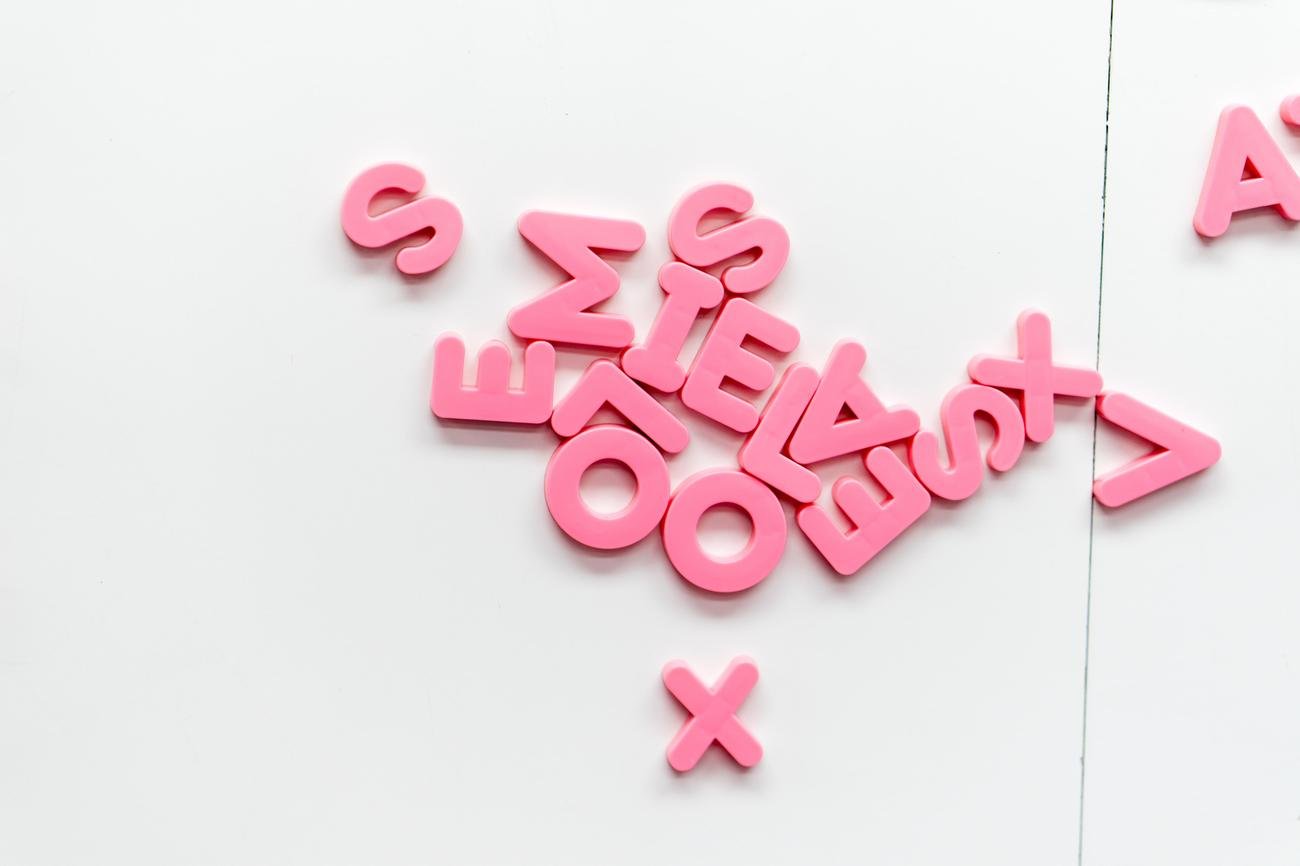Get ready to be amazed by the incredible world of magnets! In this article, we will uncover the captivating and awe-inspiring facts about magnets specifically designed for our curious young readers. Prepare to embark on a journey filled with interesting information, exciting activities, and mind-blowing experiments. Let’s dive into the wonderful realm of magnets and discover the magic behind their mysterious and powerful forces!

Captivating Magnet Information for Children
Magnets have a special power that can make objects stick together or repel each other. They are truly fascinating! Have you ever wondered how magnets work? Let’s dive into the captivating world of magnets and discover some fun and interesting facts that will make you love them even more!
What Makes a Magnet?
Magnetism is a force that attracts certain materials, like iron and steel. Magnets are made up of atoms, which are tiny particles that make up everything around us. Inside each atom, there are even smaller particles called electrons. These electrons are constantly moving, and when they move together in the same direction, they create a magnetic field. It’s this magnetic field that gives magnets their special powers!
“Magnets are like superheroes with invisible powers, pulling objects together and making them stick!”
North and South Poles
Just like the Earth, magnets have two poles called the north and south poles. These poles have an attraction for each other, just like when you bring two opposite ends of a magnet together and they snap together. But if you try to bring two magnets with the same pole together, they will push each other away! This is what we call repulsion. It’s like when two superheroes with the same powers meet—they don’t get along very well!
“Remember, magnets are like friends who attract each other when opposite, but repel each other when they are the same!”
How Magnets Are Made
Magnets can be found in many shapes and forms, from small refrigerator magnets to huge industrial magnets. They can even be made at home! One way to make a magnet is by rubbing a piece of iron or steel with another magnet. This process is called magnetization. The tiny magnets inside the iron or steel line up and create a magnetic field. Now, the object you rubbed is a magnet too!
“Just like magic, you can make something ordinary turn into something extraordinary by using the power of magnets!”
The Power to Attract or Repel
Have you ever played with a magnet and noticed that it can attract some objects but not others? Magnets attract materials that are made of iron, nickel, or cobalt. These materials have tiny magnets inside them that can align with the magnetic field of the magnet, so they stick together. But things like plastic or wood don’t have those tiny magnets, so the magnet won’t stick to them.
“Magnets have a special bond with materials that have tiny magnets inside them. It’s like they have their own secret language!”
Fun Activities with Magnets
Now that you know some captivating magnet information, let’s have some fun with magnets! Here are a few exciting activities you can try:
Magnetic Scavenger Hunt: Hide a bunch of small objects made of different materials around the room. Use a magnet to find which objects are attracted to it and which are not. How many different objects can you find?
Magnetic Fishing: Attach a string to a magnet and create a fishing rod. Fill a small tub with water and add some metal objects like paperclips or screws. See if you can “fish” them out using the magnet!
Magnetic Races: Take two magnets and place them on a table, facing each other with a small gap. Place small metal objects in front of each magnet. Give each magnet a push, and see whose object reaches the finish line first!
Remember, always be careful when playing with magnets. Some magnets are very strong and can pinch your fingers!
Wrap Up
Magnets are incredible! They have the power to attract and repel, creating a world of wonder and excitement. Now that you have some captivating magnet information, go out and explore the magnetic world around you. Who knows what amazing discoveries you might make? Have fun and keep exploring!
“With magnets by your side, you can unlock a world of endless possibilities and scientific adventures!”
Fun facts about magnets can be fascinating for 3rd graders. Did you know that magnets have two poles, a north pole and a south pole, and they have the ability to attract certain materials? Discover more interesting information about magnets by clicking this fun facts about magnets for 3rd graders link. You’ll be amazed at what you’ll learn about these magnetic wonders!
FAQ
Q: What are magnets made of?
A: Magnets are made of materials that have magnetic properties, such as iron, nickel, and cobalt. These materials have special atoms called “magnetic domains” that align in a specific way, creating a magnetic field.
Q: How do magnets work?
A: Magnets work by attracting certain materials, such as iron and steel, towards them. This is because magnets have two poles, a north pole and a south pole, that create a magnetic field. Opposite poles attract each other, while like poles repel each other.
Q: What are the different types of magnets?
A: There are different types of magnets, including bar magnets, horseshoe magnets, and electromagnets. Bar magnets are straight rectangular magnets, horseshoe magnets are shaped like a U, and electromagnets are magnets that are created by passing an electric current through a wire wrapped around a metal core.
Q: Can magnets be used for anything besides sticking things to metal?
A: Yes, magnets have a wide range of uses! They are used in compasses to help find directions, in speakers to produce sound, and in credit cards to store data. Magnets are also used in motors, generators, and magnetic levitation trains.
Q: Can magnets lose their magnetism?
A: Yes, magnets can lose their magnetism over time. This can happen if they are exposed to high temperatures, strong magnetic fields in the opposite direction, or if they are dropped or hit against a hard surface. However, some magnet materials, like neodymium magnets, have a high resistance to losing their magnetism.
- Discover Francesville, Indiana: A Small Town with a Big Heart and Rich History - November 22, 2024
- Findlay Community Mourns the Loss of Educator Eden Lasley After Tragic Train Accident - November 22, 2024
- Caitlin Hochul: Balancing Public Service and a Private Life - November 22, 2024
















